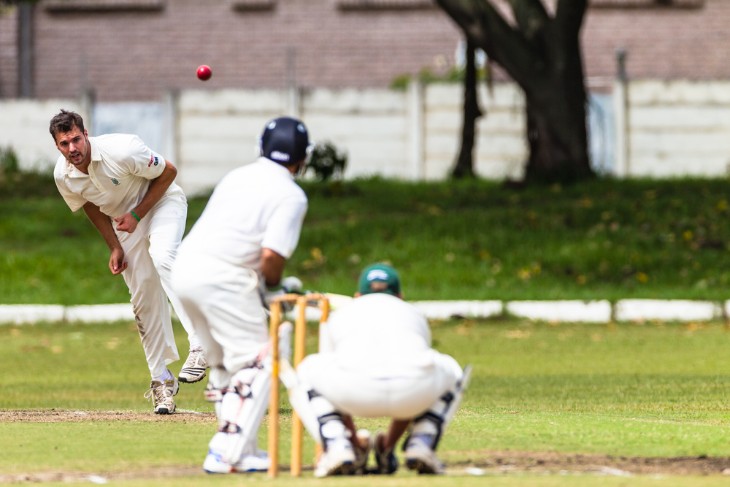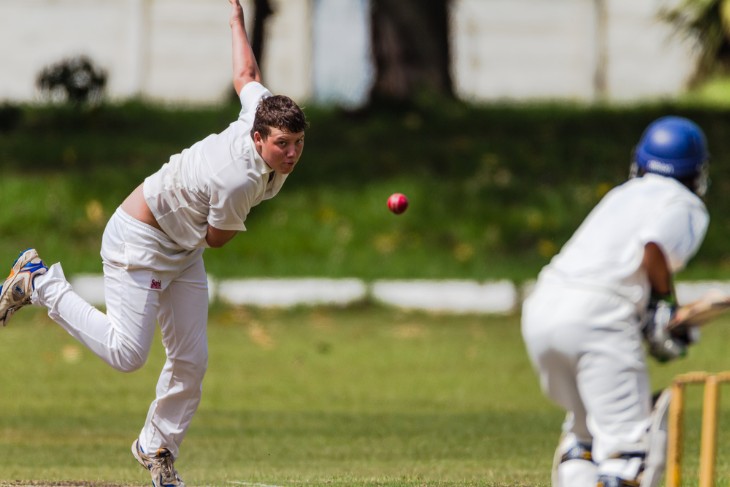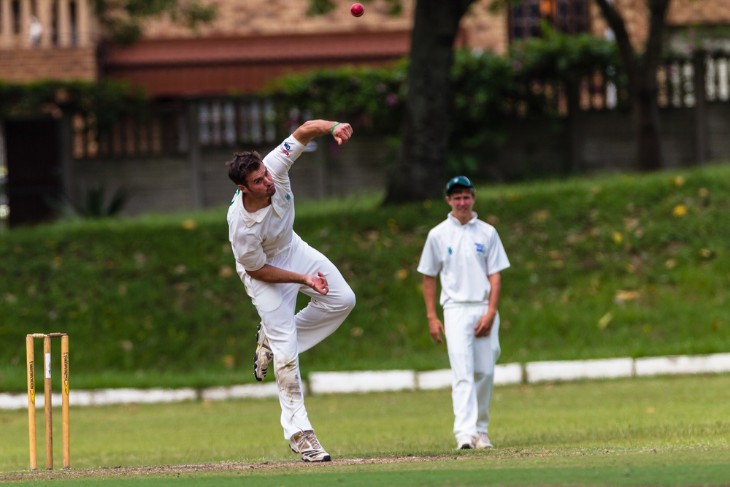- Rules and Regulations Governing Full Tosses
- Full Toss Techniques: How Bowlers Execute Them
- Batsman Strategies Against Full Toss Deliveries
- The Psychological Impact of Full Tosses on Players
- Full Toss vs. Other Bowling Styles: A Comparative Analysis
- Coaching Tips for Perfecting the Full Toss
- Controversies and Debates Surrounding Full Tosses
- Conclusion
A full toss in cricket is a type of delivery from the bowler to the batsman, where the ball does not bounce on the pitch before reaching the batsman. This delivery is distinct because most cricket balls are bowled so that they bounce on the pitch. The full toss can be a strategic choice or an accidental result of a mistimed delivery.
The effectiveness of a full toss largely depends on its speed and height when it reaches the batsman. Typically, a slower full toss is easier for the batsman to hit, as it gives more time to react and position for a shot. Conversely, a fast full toss, particularly at a lower height (often termed a "yorker"), can be challenging to play. The height at which the ball reaches the batsman categorises it further into low, waist-high, or high full tosses, each presenting different challenges and opportunities for the batsman and risks for the bowler.
Rules and Regulations Governing Full Tosses
The full toss in cricket, while a legitimate delivery, is subject to specific rules and regulations. These rules primarily focus on the height of the delivery as it reaches the batsman. A delivery that reaches the batsman above waist height without bouncing is termed a 'no-ball' for being dangerous and unfair. This ruling is especially strict in amateur and junior cricket to ensure player safety.
Another critical aspect of regulation involves the ball's speed. A fast full toss, often used as a surprise tactic, is scrutinised for its safety implications, especially in non-professional games. In professional matches, while fast full tosses are allowed, repeated use of dangerously high full tosses can lead to penalties for the bowler, including being barred from bowling for the remainder of an innings.
Full Toss Techniques: How Bowlers Execute Them
Executing a full toss requires precise control and timing from the bowler. The aim is to release the ball with enough speed and at a trajectory that either catches the batsman off guard or targets a specific area of weakness. The technique varies depending on the desired outcome of the delivery.
- For a Low Full Toss: The bowler aims to release the ball slightly earlier than usual. This timing ensures that the ball reaches the batsman at a lower height, close to the toes or the base of the stumps. This type of full toss is often used in limited-overs cricket to restrict scoring opportunities in the final overs.
- For a High Full Toss: Contrarily, a high full toss is released later and usually with less speed. The intention here is to surprise the batsman, potentially leading to a mistimed shot. However, this type of full toss carries the risk of being called a no-ball if it reaches the batsman above waist height.
In both cases, the bowler must be adept at controlling the ball's speed and trajectory, ensuring that the delivery remains within the legal limits while also serving its strategic purpose.

Batsman Strategies Against Full Toss Deliveries
When facing a full toss, the batsman has several strategies to consider, largely depending on the delivery's height and speed. A well-executed full toss can be tricky to handle, but it also presents a scoring opportunity if the batsman is prepared. The key is quick judgement and adapting the batting technique accordingly.
For low full tosses, the batsman might opt for a straight drive or use the depth of the crease to convert it into a half-volley. Against high full tosses, which are often harder to control, the priority is to avoid getting out, particularly if the delivery is close to the waist height and risk being declared a no-ball. Here, batsmen often use horizontal bat shots like the pull or hook to capitalise on the delivery.
The Psychological Impact of Full Tosses on Players
The psychological impact of a full toss on both the bowler and the batsman cannot be understated. For the bowler, a full toss can be a double-edged sword; it can either be a strategic masterstroke or an embarrassing mistake. The uncertainty of how the delivery will be played adds a significant mental pressure. A well-executed full toss can boost the bowler's confidence, especially if it results in a wicket or a dot ball. However, if it gets hit for a boundary, it can be a blow to the bowler's morale.
For the batsman, facing a full toss presents a unique psychological challenge. While it's often seen as an easy ball to hit, this perception can lead to overconfidence, resulting in a careless shot. The pressure to capitalise on what is typically seen as a poor delivery can be immense, particularly in crucial game moments. Balancing aggression with caution is key when facing a full toss.
Full Toss vs. Other Bowling Styles: A Comparative Analysis
Comparing a full toss with other bowling styles highlights its distinctive place in cricket. Unlike deliveries that bounce off the pitch, the full toss travels directly to the batsman, providing a different set of challenges and opportunities.
- Bounce and Spin: Regular deliveries, which bounce before reaching the batsman, can utilise the pitch's surface to generate bounce and spin. This variability is absent in a full toss, giving the batsman less to contend with in terms of lateral movement.
- Pace and Swing: Fast bowlers often rely on pace and swing to trouble batsmen. While pace is a factor in a full toss, the lack of bounce eliminates the swing and seam movement, often making it easier to hit.
- Surprise Element: One of the full toss's unique advantages is the element of surprise. Since it's less commonly used than other deliveries, it can catch a batsman off guard, leading to a misjudgement.
- Risk and Reward: The full toss carries a higher risk for bowlers compared to standard deliveries. While it can lead to wickets due to its surprise factor, a poorly executed full toss is often easy for batsmen to score off. This risk-reward balance is a crucial aspect of its use in the game.
Coaching Tips for Perfecting the Full Toss
Coaching tips for perfecting the full toss are vital, as its execution can significantly impact a cricket match. The first step is mastering the release of the ball. For a successful full toss, bowlers must adjust their grip and release point. This adjustment varies depending on whether the aim is a low or high full toss. Consistent practice in controlling the ball's flight is essential.
- For Low Full Tosses: Coaches often emphasize the importance of timing in the release. Releasing the ball slightly earlier than usual, with a focus on targeting the batsman's toes or the base of the stumps, is crucial. Practicing this in different bowling scenarios helps in developing accuracy.
- For High Full Tosses: The focus here is on late release but with controlled pace. Bowlers are trained to maintain a fine balance between making the ball challenging to hit and avoiding it being declared a no-ball. Simulated match situations during training sessions can be particularly beneficial for practicing these deliveries.
Controversies and Debates Surrounding Full Tosses
The full toss has been at the centre of several controversies and debates in cricket. One primary area of contention involves the legality of high full tosses, especially those bordering the waist height. Determining whether such deliveries should be called no-balls can be subjective, leading to disagreements among players, coaches, and umpires.
Another debate centres around the use of full tosses in strategic bowling, particularly in shorter formats of the game. While some purists view the full toss as a poor delivery, others argue for its strategic value in surprising batsmen and disrupting their rhythm. This divergence in opinions often sparks discussions on the evolution of bowling strategies in modern cricket.
The future of the full toss in modern cricket seems to be evolving. With the continuous innovation in cricketing strategies, especially in shorter formats like T20 and One Day Internationals (ODIs), the full toss is being reassessed for its tactical value. Coaches and players are increasingly recognising that, when used judiciously, it can be an effective weapon in a bowler's arsenal.
This evolving perspective is also influenced by advancements in technology and analytics. With detailed data analysis, teams can better understand the situations where a full toss could be most effective. For example, against certain batsmen or in specific match scenarios, a well-placed full toss can be a game-changer. As cricket continues to evolve, the role and perception of the full toss are likely to witness further refinement.
Conclusion
In conclusion, the full toss remains one of the most intriguing and debated aspects of cricket. From its basic definition to its strategic implementation and the controversies it often stirs, the full toss encapsulates many facets of the sport. Understanding its dynamics offers insight into the complex interplay of skill, strategy, and psychology in cricket. Whether viewed as a tactical ploy or a bowling error, the full toss undeniably adds an exciting dimension to the game, challenging both bowlers and batsmen to adapt and innovate.



